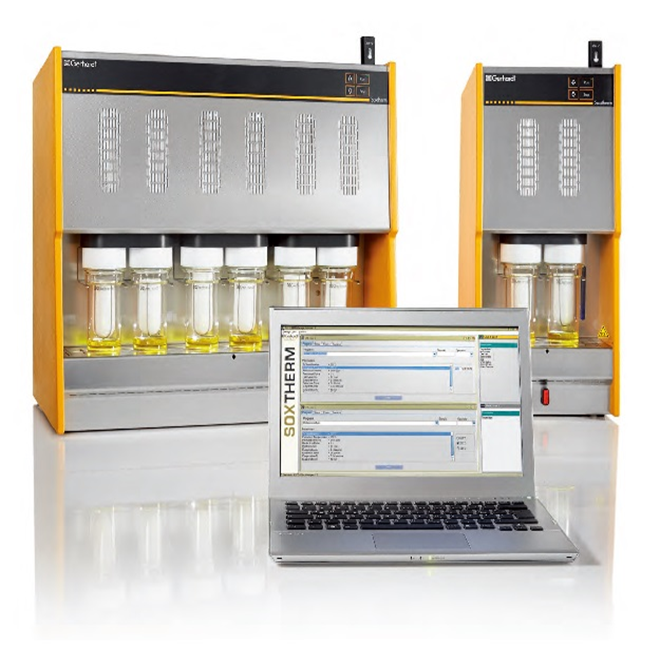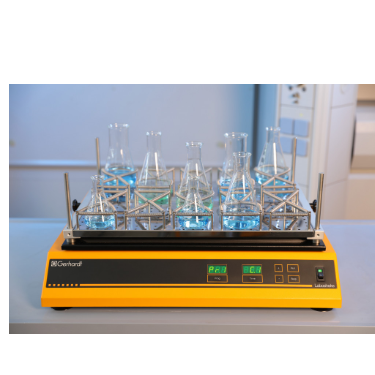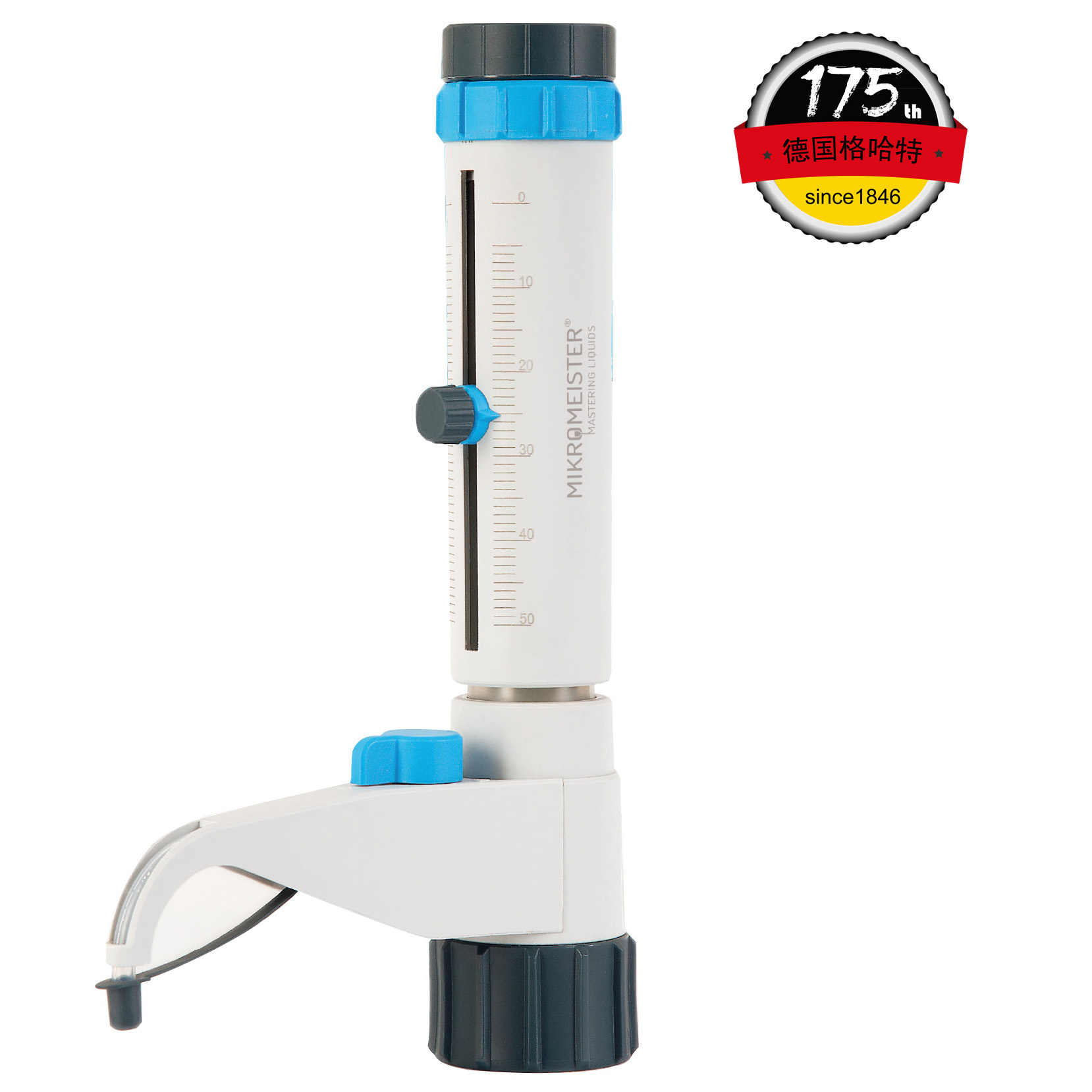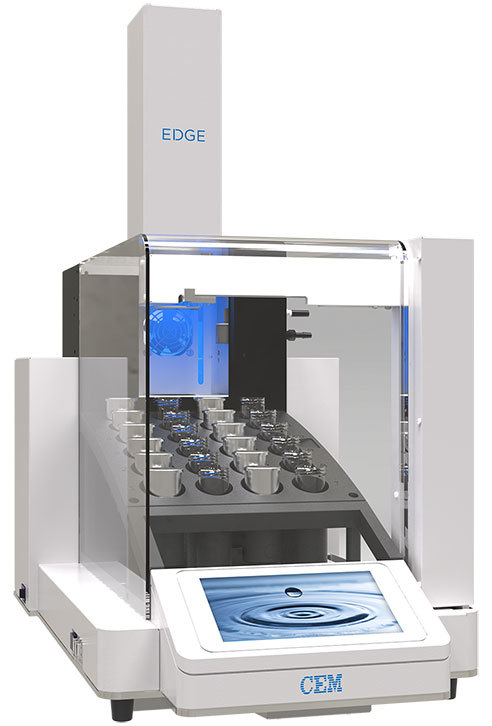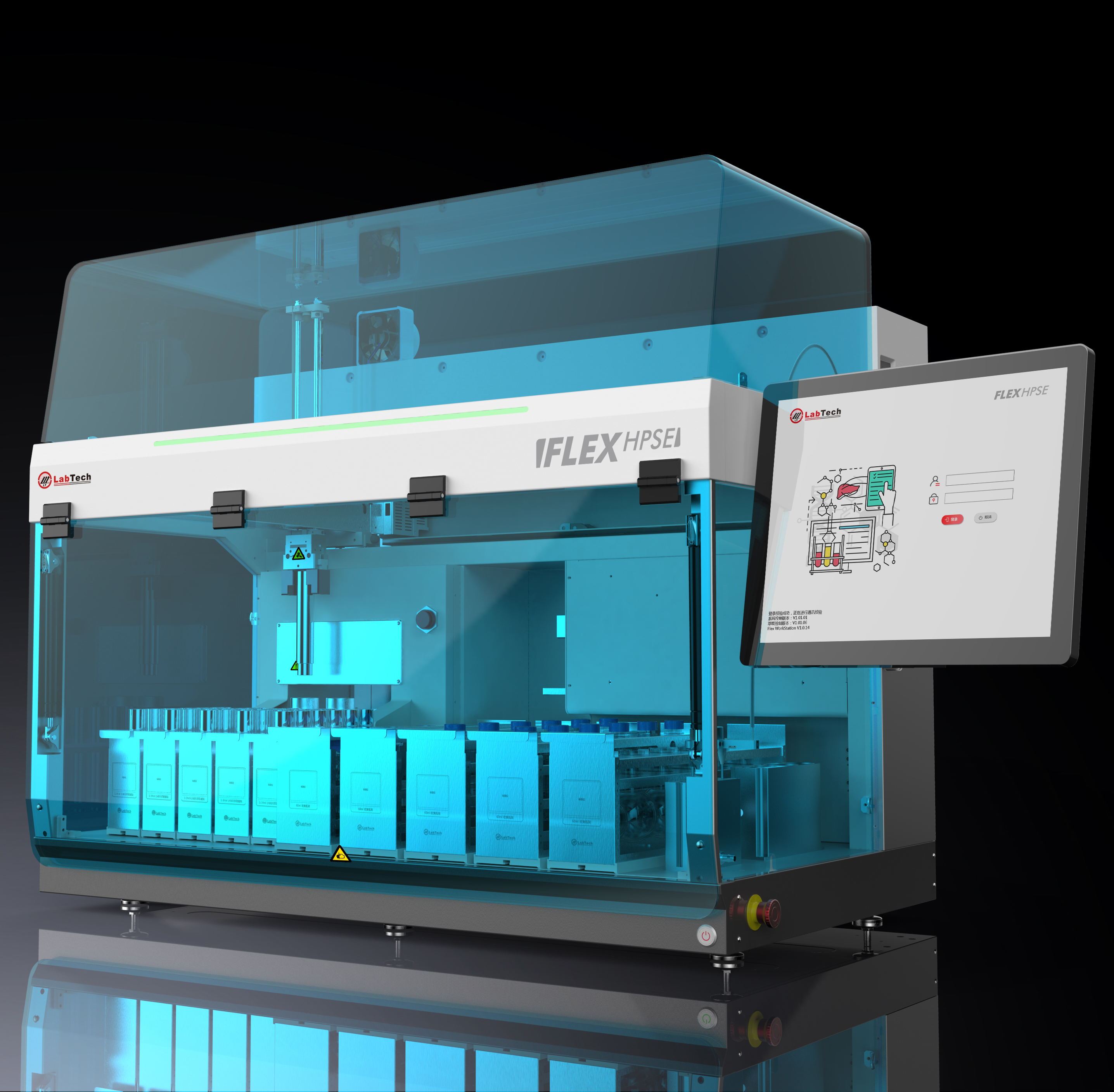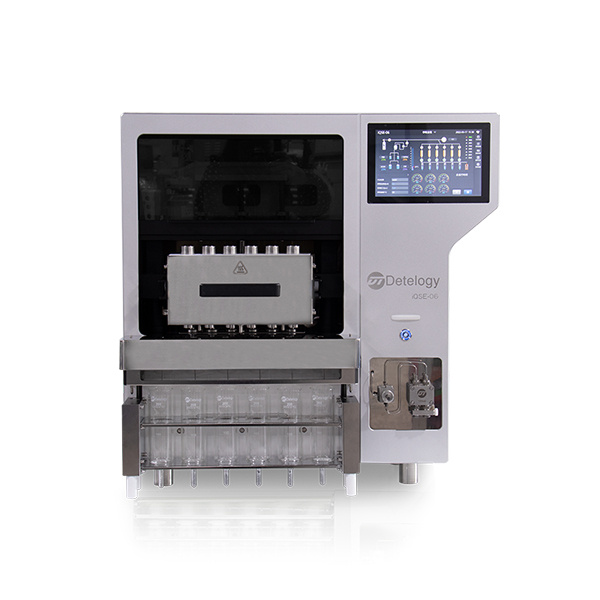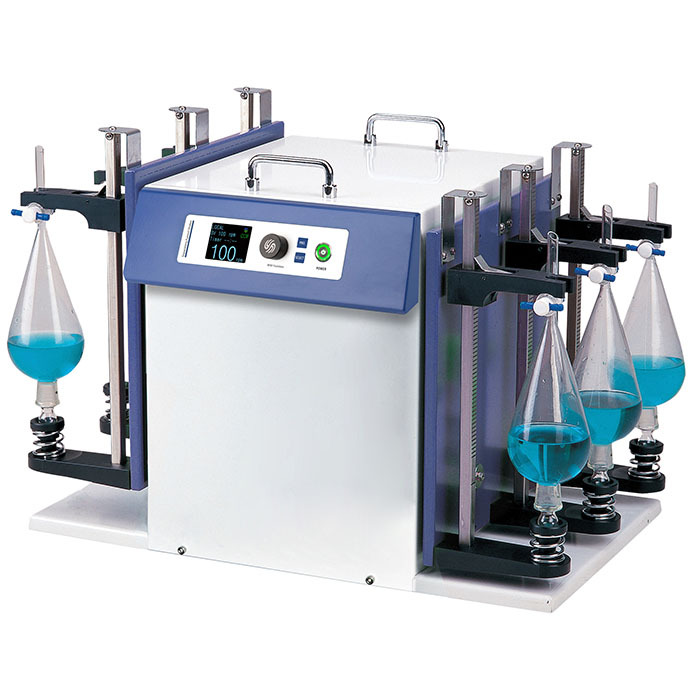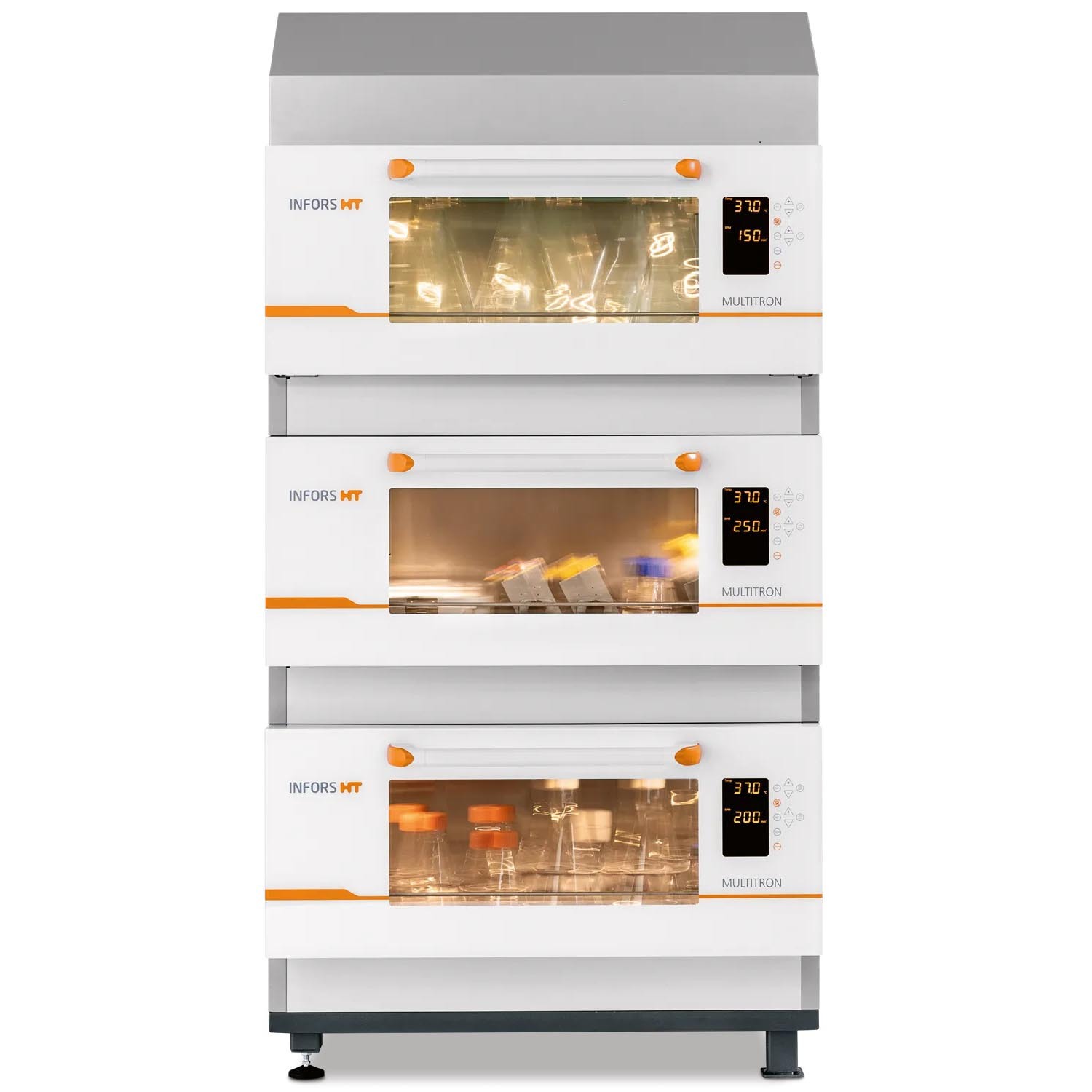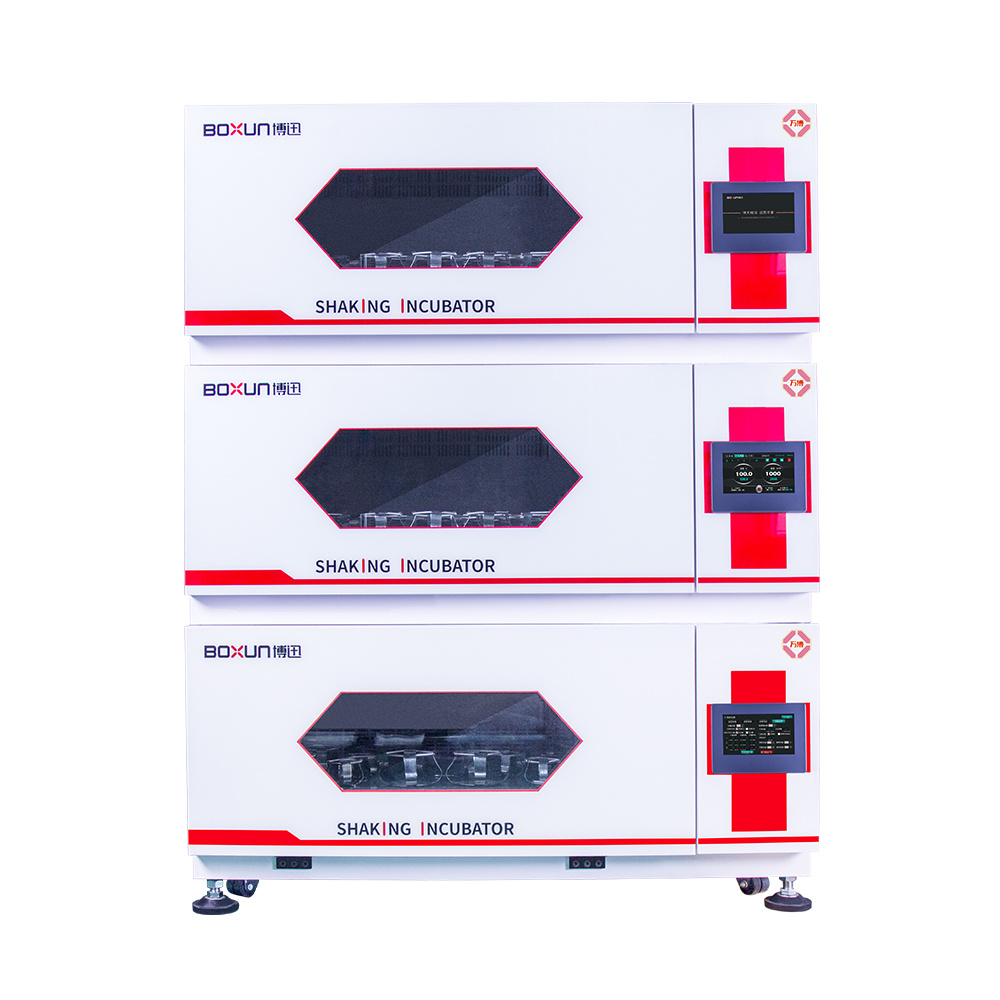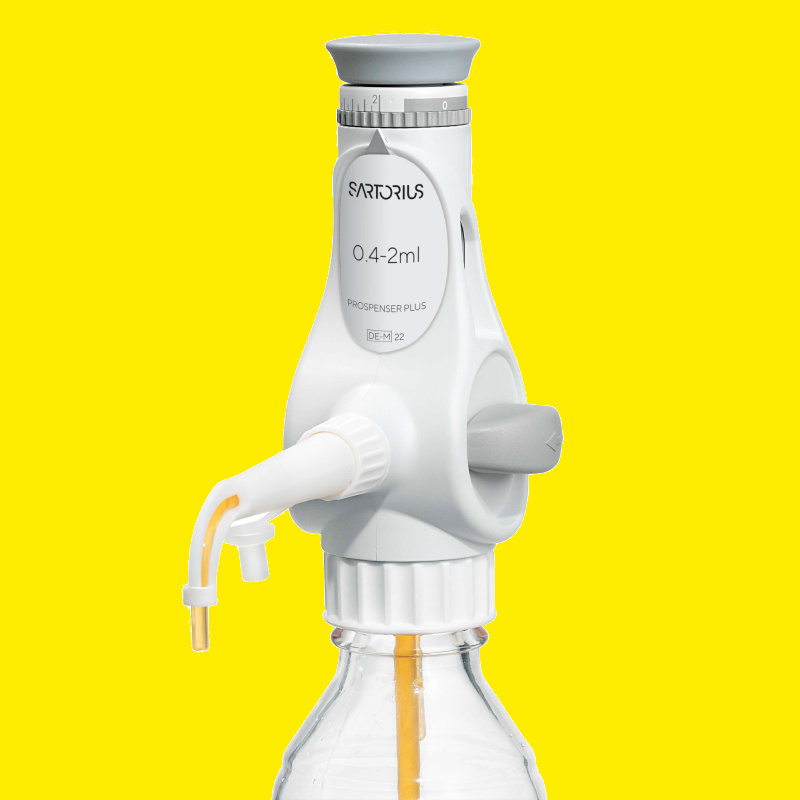水基泥浆钻屑中可提取有机物和总石油烃含量的检测
检测样品 其他
检测项目 有机污染物
参考标准 HJ 1021-2019土壤和沉积物石油烃(C10-C40)的测定气相色谱法
方案详情文
智能文字提取功能测试中
卡巴唑和苯并卡唑证实了泄漏的石油通过在北海的瓦尔霍尔井28-8的盖层和覆盖层迁移Carbazoles and benzocarbazoles confirm migration of leaked petroleum through caprocks and overlaying formations of Valhall Well 28-8 in the North SeaAuthor's personal copyActa GeochimCrossMarkDOI 10.1007/s11631-017-0247-2ORIGINAL ARTICLE Author's personal copyActa Geochim 卡巴唑和苯并卡唑证实了泄漏的石油通过在北海的瓦尔霍尔井28-8的盖层和覆盖层迁移 Carbazoles and benzocarbazoles confirmmigration of leaked petroleum through caprocks and overlaying formations ofValhall Well 2/8-8 in the North Sea S. Abrakasa1,2•M.C.Onojake3•V.Ukaegbu1•H.O.Nwankwoala1 Received: 2 March 2017/Revised: 29 August 2017/Accepted: 25 October 2017◎ Science Press, Institute of Geochemistry, CAS and Springer-Verlag GmbHGermany 2017 Abstract Awildcatmay not result in a petroleum prospect; however, it may indicate potential need for frontier explo-ration, since petroleum could leak into economic accumu-lations. Carbazoles and benzocarbazoles are nitrogen compounds in petroleum and can be employed to explicitly explain migration direction and distance of leaking petro-leum. The hypothesis of this study is that themechanism of the reaction involving the attraction of carbazoles to clay minerals on the matrix of the walls along their migration pathways determines the isomer that is preferentially attached to the mineral matrix. The objectives of this study are(a) to produce a profile for carbazoles and benzocar-bazoles ratios in the cap rock overlying the reservoir,(b) to compare carbazole and benzocarbazole ratios to 20S/(20S? 20R) aaaC29 Sterane maturity ratios(c) to infer migration direction from the carbazoles and benzocar-bazoles ratio. Samples used were side wall cores and drill cuttings of water-based mud drilling. The EOM(ex-tractable organicmatter) from various formations overlying the reservoir was obtained using Soxtherm Automatic Equipment. The TPH(total petroleum hydrocarbon) was obtained from the EOM by using a precleaned isolute C18500 mg/ 3 mLcolumn,elutedwith hexane,while the polars were eluted with dichloromethane. Fractionation into satu-rates and aromaticswas done using a silver nitrate–silica gel & M.C. Onojake ononed@yahoo.com; mudiaga.onojake@uniport.edu.ng 1 Department of Geology, University of Port Harcourt, Port Harcourt, Nigeria 2 Centre for PetroleumGeosciences, University of Port Harcourt, Port Harcourt, Nigeria 3 Department of Pure and Industrial Chemistry, University of Port Harcourt, Port Harcourt, Nigeria column. The profiles of 1,8/1,3 and 1,8/2,4 dimethyl car-bazoles and the benzocarbazoles ratios show a vertical gra-dient of decreasing ratio with increasing vertical distance from the reservoir. This corroborates the%VRo equivalent of20S/(20S? 20R) aaaC29Steraneandthecarbazole ratios infer verticalmigration of leaked petroleum. Keywords Migration · Geochromatography ··Leakage North Sea · Valhall 1 Introduction Migration of petroleum is amajor process thatmakes up the petroleum system concept, and it explains the charging of reservoirs and the occurrence of a potential prospect(Krooss et al. 1991; Larter andAplin 1995; Larter et al. 2000).When petroleumis generated, it is expelled and undergoes primary migration from the source rock to the carrier pathway, then commences secondary migration through the carrier path-way to the trap, where it is accumulated and may undergo tertiarymigration if leakage occurs(Aplin and Larter 2005; Aplin et al. 2003; Clarke and Cleverly 1991; Clayton and Dando 1996; Ingramet al. 1997; Hao et al. 2015;Noble et al.1997). Carbazoles and benzocarbazoles are nitrogen-con-taining compounds in petroleum and have been used for migration studies(Allan et al. 1996;Dorbon et al. 1984; Li et al. 1995), such as delineating migration distance and migration direction(Li et al. 1995, 1997; Larter et al. 1996). Larter et al.(2000) carried out a core flood study, and at the breakthrough of the injected petroleum(crude oil) from the outlet, the core was sliced and each piece extracted. The extracted petroleum from the core showed that the first extracts from the core slices closest to the breakthrough outlet were lighter in color (orange). The color of subsequently extracted samples was progressively darker than the initial petroleum sample. This change in color implied a higher concentration of the carbazoles and ben-zocarbazoles in the later slices (Larter et al. 2000; Mohamed and Heinz Wilkes 2002). Larter et al.(2000) showed that the concentration of the carbazole and ben-zocarbazole were that of increasing trend with the increasing volume of petroleum extracted from the core after the core flood. Larter et al.(2000) described the gradual removal of car-bazoles and benzocarbazoles from the migrating petroleum through their attachment to themineralmatrix of thewalls of their migration pathway during the core flood as ‘‘geochro-matography.’’ This process entails the separation of com-pounds based on the polarity and affinity of the migrating compounds for the stationary phase,which in this case is the core sample(siltstone)(Bennett et al. 2002, 2004). Thebiologicaland geologicalisomers for carbazoles and benzocarbazole, which are non-hydrocarbon biomarkers, are yet to be identified as a function of maturity(Clegg et al. 1998; Li et al. 1997), unlike the petroleum biomarkers such as aaaC29 Steranes and the S andR isomers,which are geological and biological isomers and can be used to express maturity. Clegg et al.(1998) explained that carbazoles and benzocarbazoles generated from source rock could have existed in particular ratios that bear no relationship with shielded/exposed isomers; how-ever, molecular mechanics data(Clegg et al. 1998), indi-cate that benzo(a)carbazole(shielded) is less stable than benzo(c)carbazole(exposed), and this observationwas also made by Larter et al.(2000). Yamamoto(1992) observed enrichment of the nitrogen-masked isomers to nitrogen-exposed isomers in crudes oil rather than in rock extracts. However, mechanistic postulation in organic reaction mechanisms in Fig. 1 (Sykes 1985) show that during migration, the chemistry of the ring-system permits delo-calization of electrons, which render the shielded car-bazoles(1,8 dimethyl carbazole) more reactive compared to the exposed isomer(2,4 dimethyl carbazole)(Fig. 1). The shielded carbazoles (1,8 dimethyl carbazole) are preferentially attached to the mineral matrix on the wall of their migration pathway, resulting in their removal from the migrating petroleum(Table 1). In this study, the reservoir oils and extracts from the cap rock formation ranging from 4200 ft(1.2 km) to 8300 ft (2.4 km) ofValhallWell 2/8-8were examined for possible leakage, and the carbazole and benzocarbazole in the oils and extracts were examined for migration influenced fractionation.Thecarbazoleandbenzocarbazoleisomer ratioswere comparedwith the S/S?R aaaC29 Sterane for evidence of maturity influence fractionation. The descrip-tive lithology of Valhall Well 2/8-8 was modelled using Zetaware Genesis version 4.8. 2 Geological structure and the location of Valhall field The Valhall oil field is located on the Norwegian Conti-nental Shelf, and it is currently themost southernly located of all the producingNorwegianChalk fields in the southern part of theCentralGraben(Leonard andMunns 1987). The well under study is Well 2/8–8, and its coordinates are56el16049.81N and 03 W24012.710E(Fig. 2). The Valhall oil fieldisthelargestinthegreaterEkofiskarea(Munns 1985). The field is located on a broadNorthwest–Southeast oriented elongated uplifted(anticlinal) feature called the Lindesnes Ridge. The crestal path of the Valhall structure is flat lying due to basal Tertiary erosion(Munns 1985). Tectonic events towards the end of the Cretaceous led to the compressional tectonic in the Valhall area, resulting in reverse movement ofthe faults (Lindesnesfault), thus creating uplift areas that had been basin. This structural inversionoftheLower Cretaceousinthe Valhallfield began in the Turonian time and marked the first impres-sions of the Valhall anticlinal structure(Ali and Alcock 1992). The Upper reservoir section(Tor Formation) thin-ned out and became absent in parts of theVahall Structure. Maximum inversioninthe Vahallareaoccurredinthe Paleocene.However,Chalks ofDanian agewere present in other fields but were missing in Valhall field due to earlier uplift. The Late Cretaceous—Early Paleocene uplift and the subsequent formation of the Valhall structure resulted in faulting and local fractures,which occurred in the crestal part of the field. 2.1 Petroleum system of Valhall field The petroleum system that charges the Valhall oil field is part of the Mandal—Ekofisk(!) petroleum system of the North Sea. The charging source is identified asKimmeridge Clay dated Middle Volgain in age with vitrinite reflectance values of 0.57%VRo- 0.67%VRo underlying the Valhall structure(Dore and Jensen 1996; Goff 1983; Leonard and Munns 1987; Munns 1985; Scotchman et al. 1998). The generation of oil within the Valhall catchment area is recorded to have commenced byMiddle to LateMiocene in thebasinalareatothenortheastofthestructure, while hydrocarbon generation began belowValhall structure about 2 million years ago in the Pleistocene. Leonard and Munns (1987) identified the mainmigratory pathways as faults and extensive networks of fractures. These are the main path-ways by which emplacement of hydrocarbon could have occurredintothereservoirs.Thesealingcaprockisof Paleocene strata, which consists of the Balder, Sele, and Lista formations. The Lista Formation has sand grain vol-ume of 35% and second sand bearing shale in the Paleocene. This shows the first alternative pathway the 1, 8 dimethycarbarole could react in the present of observedsteric hindrance. This is thestructure of 1, 3 dimethylcarbazole, with lesser sterichindrance. This shows the 2 alternative pathway the 1,8dimethylcarbazole could react in the present of the observedsteric hindrance. This shows the mechanisticpathway for the reaction of 2,4 dimethylcarbazolewith a free C-3(meta)position. But no steric hindrance. Fig. 1 Structures andmechanistic pathway for reactivity of dimethylcarbazole and benzocarbazolewithmineral surfaces ofmigrating pathways of petroleum It is described as more of a barrier in function than a seal (Evans et al. 2003). 3 Materials and methods 3.1 Sampling and EOM extraction 水基泥浆钻屑 Water base mud drilled cuttings were obtained from BP-Amoco via Res Lab Norway for Valhall well 2/8-8. Samples were carefully selected and washed on a sieve with a mesh size of 0.5 mm(500 lm). The EOM(ex-tractable organicmatter)was extracted from the dried and pulverized samples using DCM: MeOH (Dichlor-omethane: Methanol) ratio of 9:1 with Soxtherm Auto-matic equipment. The total petroleum hydrocarbon(TPH), which comprises the aliphatic hydrocarbons and the aro-matic hydrocarbons,was obtained from the EOM thatwas extracted from the drill cuttings and the oil sample from the reservoirformationof Well 2/8–8 with a preclean isolute C18 500 mg/ 3 mL column(supplied by Kinesis England). The TPH was obtained by eluting with hexane Table 1 Ratios of dimethylcarbazoles, benzocarbazoles and%VR equivalents Depth(ft) 1,8/1,3 Dimethylcarbazole ratio 1,8/2,4 Dimethylcarbazole ratio a/c benzocarbazole ratio 4200 0.41 1.21 0.50 ND 4700 0.58 1.09 0.37 0.55 4800 0.55 1.19 0.30 0.63 4900 0.59 1.53 0.22 0.58 4920 0.57 1.24 0.26 ND 5000 0.60 1.55 0.30 ND 5300 0.71 1.58 0.29 0.63 5800 0.69 1.13 1.06 0.57 6120 0.61 1.52 0.85 0.51 6300 0.77 3.50 3.01 0.56 6700 0.65 1.41 0.90 0.57 7000 0.70 1.70 0.60 0.55 7200 0.62 1.52 0.83 0.5 7400 0.66 1.43 0.82 0.58 7700 0.96 2.27 0.44 0.56 7800 1.05 2.17 0.97 0.5 7900 1.15 2.00 0.86 0.59 7990 1.06 2.60 1.28 0.58 8100 0.90 2.27 1.56 0.59 8300 0.46 1.04 0.78 0.59 NDNot determined Fig. 2 Map showing the location of Valhall Oil Field, North Sea. Modified from Barkved et al.(2003) 3°20'E (5 mL), and the polar fraction was eluted with dichlor-omethane(5 mL). The polar fractions were collected in 10 mL vials. The total hydrocarbon was fractionated into thealiphaticandaromatichydrocarbonfractionsusing preclean isolute C18 500 mg/ 3 mL silver nitrate–silica column(Bennett et al. 1996; Bennett and Larter 2000a, b; Bowler et al. 1997). The aliphatic fractionwas elutedwith hexane(5 mL), while the aromatic fraction was eluted with 5 mL of Dichloromethane(DCM). The carbazole, which is the pyrrolic nitrogen compound, was obtained from the polar fraction through byGC–MS analysis of the polar fraction. 3.2 Hydrocarbon and polar fraction analysis The GC, GC–MS analysis for thesaturated andpolar fractions of the rock extracts and reservoir oilswere carried out on an HP 5890 GC fitted with a split/splitless injector. The temperature program used was 50 ℃℃C for 2 min, then ramped at 4 ℃℃C perminute to 300 ℃℃C, atwhich it was held for 20 min. The column used was a HP–5, 30 m long with internal diameter of 0.25 mm and a film thickness of 0.25microns, supplied by HP currently known as Agilent UK. Hydrogen gas was used as the carrier gas with a flow of 2 mL/min. The GC–MS analysis was performed using HP 5890 II GCwith a split/splitless injector linked to a HP 5972MSD with electron voltage of 70 eV, filament current of 160 °°C, a multiple voltage 1600 V and interface temperature 300 ℃℃C. An HP Vectra PC chemstation computer in both full scan and selected ion mode controlled the acquisition. The sample(1 lL) in DCMwas injected by an HP 7673auto sampler and the split opened after 1 min. Separation was performed on a fused silica capillary column (30 m9 0.25 mm i.d.) coated with 0.25 lm, 5%Phenymethylsilicone(HP–5). The integration of peaks was done using the RTE integrator. 4 Results and discussion The maturityofformationsoverlayingthereservoirof Valhall well 2/8-8, as obtained from the completion well report, ranged from 0.32%VRo to 0.43%VRo correspond-ingly from 4200 ft(1.2 km) to 8300 ft(2.4 km) at the reservoir–caprockinterface.Thisobservationinfersthat the formations above the reservoir were not matured enough to generate hydrocarbons, as generation and expulsion occurs at about 0.6%VRo–1.0%VRo(Zhang et al. 2013). It also indicates that petroleum found in the sections above the reservoir is not indigenous, hence could have migrated from the reservoir into the formation over-lying the reservoir(Nordgard Bolas and Hemanrud 2002). 4.1 Sterane isomerization ratio The sterane isomerization ratio was calculated using the sterane maturity formula(S/S?R aaaC29Sterane),and this was then converted to%VRo equivalent(percent vit-rinite reflectance equivalent)(Zumberge 1987). The profile of the%VRo equivalent, derived from the extracts in the formations ranging from the reservoir–caprock interface at 8300ft(2.4 km) to the most shallow depth at4200ft (1.2 km), shows a consistent trend(Fig. 3), inferring that the petroleum observed in the formations above the reser-voir–caprock is similar in terms ofmaturity to petroleum in the reservoir and that petroleum in the formations could have leaked from the reservoir. The%VRo value varies between 0.5%VRo and 0.6%VRo for both the petroleum in the formationsand thatofreservoir oils (Fig. 3). The constant and consistent%VRo values infer recent and fast leakage of petroleum across formations from the reservoir. A paleo leakage is indicated by a significant step change in %VRo value(Fig. 4). 4.2 Dimethyl carbazole ratios The profiles of dimethylcarbazole ratios of 1,8/1,3dimethylcarbazole and 1,8/2,4 dimethylcarbazole were observed to decrease with verticalmigration distance away from the reservoir. The mechanistic postulation in the organic reaction mechanism could be employed to explain the observed trend. The 1,8 dimethylcarbazole(shielded isomer) has the capability to delocalize the electrons from the nitrogen into the benzene ring and to activate other carbon sites, enhancing reactivity at other carbon sites and resulting in the 1,8 dimethylcarbazole becoming most reactive of the isomers(Fig. 1). During migration, the 1,8dimethyl carbazole is preferentially attached to the clay mineral matrix on the wall of their migration pathway, resulting in the removal of 1,8 dimethyl carbazole from the migrating petroleum. Hence the 1,8/1,3 and 1,8/2,4dimethylcarbazole ratios decrease with distance. Clegg et al.(1998) confirmed that enrichment of the shielded dimethyl carbazoles such as 1,8 dimethyl carbazolewas not observed in their study. Their observation conforms to the result obtained in this study. The 1,3 dimethylcarbazole is more attractive compared to the 2,4 dimethycarbazole based on mechanistic pos-tulation in organic reaction mechanism, hence the profile of the 1,8/2,4 dimethylcarbazoles also follow the same trend as the1,8/1,3 dimethylcarbazoles(Fig. 5), which decreases vertically with distance from the reservoir–cap rockinterface(2.4 km) to the most shallow formation (1.2 km). 4.3 The profile of the benzo(a)carbazole/benzo(c)carbazole ratio The profile of the benzo(a)carbazole/benzo(c)carbazole ratio also show a decreasing trend with increasing vertical distancefrom thereservoir. The benzo(a)carbazole has little steric hindrance, and this results in delocalization of the lone electrons on the nitrogen into the benzene ring system, activating alternative carbon sites within the ring system. The benzo(c)carbazole has no steric hindrance, so it preferentially uses the lone pair nitrogen electrons for bonding with the clay mineral surfaces. The results from this study show preferential depletion of benzo(a)carbazole Fig. 3 Profile of the%VR equivalent obtained from sterane isomerization values Fig. 4 Profile of 1,8/1,3 dimethylcarbazoles relativeto benzo(c)carbazole andthe ratiocontinuously decreases withthedistance from the reservoir–caprock interface(Fig. 6). Larter et al.(2000) also observed the decrease in the benzo(a)carbazole/benzo(c)carbazole ratio during the core flood study. Clegg et al.(1998) mentioned lesser stability of benzo(a)carbazole based on molecular Fig. 5 Profile of 1,8/2,4 dimethylcarbazole Fig. 6 Profile of a/c benzocarbazoles mechanics, implying greater reactivity of benzo(a)car-bazoles compared to benzo(c)carbazoles. 4.4 Corroborating isomerization ratio and dimethylcarbazoles ratios Thesterane isomerization ratio expressedbyS/S?R aaaC29sterane was converted into%VRo equivalent using the equation %VRo= 0.49(20S/20R)? 0.33, where%VRo is vitrinitereflectance(Zumberge1987). Theobtained resultindicates thatthe maturityofthe hydrocarbon in the formations of Valhall Well 2/8-8 is constant and consistent from the reservoir–cap rock interface (2.4 km) to the most shallow formation (1.2 km). This observation infers that petroleum in the formations originates from the same source(reservoir), which is due to leakage; the observed consistency infers thattheleakageis recentandfast. A significantstep change in the maturity value will indicate an overprint of an earlier leakage event or a paleo leak,whichwill have a significantly lowermaturity value.Contrary to the trend of the maturity values, the 1,8/1,3 dimethylcarbazole ratio and the 1,8/2,4 dimethylcarbazole ratio show a trend of decreasing values from the reservoir–cap rock interface at 8300 ft(2.4 km) to the most shallow formation at 4000 ft (1.2 km)(Fig. 4). The maturity values are consistent, indicating some petroleum in the formations, while the decreasing dimethyl carbazole ratios indicate a migration phenomenon. The benzo(a) carbazole and the benzo(c) carbazole were also examined, and the ratio of benzo(a)carbazole/benzo(c)carbazole also shows a similar trend as that of the dimethylcarbazole ratios. Hence, benzo(a)carbazole/benzo(c)carbazole ratio is a reliable tool as a migration indicator(Larter et al. 2000). There is no significant difference in maturity between the hydrocarbon in the reservoir oils and the hydrocarbon from the formations above the reservoir, but the dimethylcarbazole ratio and the benzo(a)carbazole/benzo(c)carbazole ratio show a similar trend of decreas-ing value with migration over distance covering the for-mations above the reservoir. This observation is due to thepreferentialbondingofshieldedbenzo(a)carbazole and dimethylcarbazole with the mineral surfaces, even-tually resulting in lower ratios in the migrating petro-leum. This means that the earlier migrating fronts had lesser ratios of dimethylcarbazoles and benzocarbazoles compared to the later migrating fronts closed to the reservoir. 5 Conclusion The%VRo(vitrinite reflectance) of the formations studied are between 0.3% and 0.4%, and this is below hydrocarbon generation value of 0.6%–1.0%. It implies that no petro-leum was generated from the formations. The%VRo equivalent of the hydrocarbons indicates the presence of thermogenic hydrocarbon of the same maturity vertically through the formation into the reservoir. This invariably means that the hydrocarbons in the formation are not indigenous to the formation but are migrant hydrocarbon from the reservoir, confirming a leaking caprock, forwhich the leaked hydrocarbon migrated vertically. The profiles of the 1,8/1,3 and 1,8/2,4 dimethylcarbazole and benzo(a)carbazole/benzo(c)carbazole ratios show decreasing values with increased distance from the reser-voir, confirming vertical migration away from the reservoir. The consistency of the maturity values and the decreasing gradient of the dimethylcarbazole and benzo-carbazole ratios away from the reservoir infer a leaking caprock, for which the leaked petroleum migrated vertically. AcknowledgementsThe authors gratefully appreciate the contribu-tions from ProfAndyAplin,while at School ofCivil Engineering and Geosciences, Newcastle University, United Kingdom. References AliN,Alcock T(1992) Valhall field, Norway—the first 10 years. In:Aasen JO,Berg E,BullerAT,HjelmelandO,HoltRM,Kleppe J, Tereaeter O (eds) North Sea oil and gas reservoirs III, proceedings of the 3rd North Sea oil and gas reservoirs conference, Trondheim, pp 25–40 Allan J, Telnaes N, Horstad I (1996) Molecular indicators of secondary oil migration distances. Nature 383(6601):593 AplinAC, Larter SR(2005) Fluid flow, pore pressure,wettability and leakage in mudstone cap rocks. In: BoultP, Kaldi J (eds) Evaluating fault and caprock seals, AAPG Hedberg series, 2, pp 1–11 Aplin AC, Matenaar I, Van der Pluijm B(2003) Influence of mechanical compaction and chemical diagenesis on the micro-fabric and flow properties of Gulf of Mexico mudstones. J Geochem Explor 78–79:449–451 Barkved O, HeaveyP, Kejelstali R, KleppanT, Kristiansen TG (2003) Valhall Field- Still plateau after 20 years of production. SPE paper 83957, Offshore Europe, Aberdeen Bennett B, Larter SR(2000a) Separation of aliphatic and aromatic hydrocarbons by silver nitrateimpregnated silicasolid phase extraction. Anal Chem 72:1039–1044 BennettB, Larter SR(2000b) Polar non-hydrocarbon contaminants in reservoir core extracts. Geochem Trans 1(5):34–37 Bennett B, Bowler BF, Larter SR(1996) Rapid methods for determination of C0–C3 alkylphenols in crude oils and waters. Anal Chem 68:3697–3702 Bennett B, Chen M, Brincat D, Gelin FP, Larter SR(2002) Fractionation of benzocarbazoles between source rocks and petroleums. Org Geochem 33:545–559 Bennett B, Buckman JO, Bowler BF, Larter SR(2004) Wettability alteration in petroleum systems: the role of polar non–hydro-carbons. Pet Geosci 10:271–277 BowlerBFL, Larter SR,CleggH,WilkesH,HorsfieldB, LiM(1997) Dimethylcarbazoles in crude oils: comment on liquid chromato-graphic separation schemes for pyrrole and pyridine nitrogen aromatic heterocyclic fractions from crude oils suitable for rapid characterization of geochemical samples. Anal Chem 69:3128–3129 Clarke RH, Cleverly RW(1991) Petroleum seepage and post accumulation migration. In: England WA, Fleet AJ (eds) Petroleum migration, vol 59. Geological Society, Special Publication, London, pp 265–271 Clayton CJ, DandoPR(1996) Comparisonof seepage andseal leakage rates. In: Schumacher D, Abrams MA(eds) Hydrocar-bon migration and its near-surface expressions: AAPGMemoir,66:169–171 CleggH,WilkesH,Oldenburg T, Santamariaˆa-OrozcoD,HorsfieldB (1998) Influence of maturity on carbazole and benzocarbazole distributions in crude oils and source rocks from the Sonda de Campeche, Gulf of Mexico. Org Geochem 29(1–3):183–194 DorbonM, Schmitter JM,Garrigues P, Ignatiadis I, EwaldM,Arpino P, Guiochon G(1984) Distribution of carbazoles derivatives in petroleum. Org Geochem 7:111–120 Dore AG, Jensen LN(1996) The impact of Late Cenozoic uplift and erosion on hydrocarbon exploration: offshore Norway and some other uplifted basins. Glob Planet Change 12:415–436 Evans D, Graham C, Armour A, Bathurst P(2003) The millennium Atlas: petroleum geology of the Central and NorthernSea. Geological Society of London, London, p 989 Goff CJ(1983) Hydrocarbon generation and migration from Jurassic source rocks in the East Shetland basin andVikingGraben of the Northern North Sea. Journal of Geological Society of London 140:445–474 Hao F, Zhu W, Zou H, Li P(2015) Factors controlling petroleum accumulation and leakage in overpressured reservoirs. AAPG Bull 99(5):831–858 Ingram GM, Uria JL, Naylor MA(1997) Sealing processes and top seal assessment. In: Moller-Pedersen P, Koestler AG(eds) Hydrocarbon seals: importance for exploration and production, vol 7. NPF Publication, Singapore, pp 165–173 Krooss BM, Brothers L, Engel MH(1991) In: Petroleum migration. England WA, Fleet AJ (eds) Geological Society Special Publication, p 149 Larter SR, Aplin AC(1995) Reservoir geochemistry: methods, applications and opportunities. In: England WA, Cubitt J(eds) The Geochemistry of Reservoirs. Geological Society, Special Publications, London, pp 5–32 Larter SR, Bowler BFJ, Li M, Chen M, Brincat D, Bennett B, Noke K, Donohoe P, Simmons D, Kohnen M, Allan J, Telnæs N, Horstad I(1996)Molecular indicators of secondary oilmigration distances. Nature 383:593–597 LarterS, Bowler B, ClarkeE, Wilson C, Moffat B, Bennett B, Yardley G, Carruthers D(2000) An experimental investigation of geochromatography during secondary migration of petroleum performed under subsurface conditions with real rock. Geochem Trans 1(9):54–60 Leonard RC, Munns JW(1987) Valhall. In: Spencer AM, Campbell CJ, Hanslien SH, Nelson PH, Neysaether E, Omassen EG(eds) Geology of the Norwegian Oil and gas field. Graham and Trotman, pp 153–166 Li M, LarterSR, Stoddert D, Bjor`uy M(1995)Fractionationof pyrrolic nitrogencompoundsin petroleum during migration:derivation of migration-related geochemical parameters. In:Cubitt JM, England WA(eds) The geochemistry of reservoirs. Geological Society Special Publications, 86, pp 103–124 Li M, Yao H, Stasuik LD, Fowler MG, Larter SR(1997) Effect of maturityandpetroleum expulsiononpyrrolicnitrogencom-pound yields and distributions inDuvernay Formation petroleum source rocks in Central Alberta, Canada. Org Geochem 26:731–744 Mohamed MY, Heinz Wilkes H(2002) The influence of facies and depositional environment on the occurrence and distribution of carbazoles and benzocarbazoles in crude oils: a case study from the Gulf of Suez, Egypt. Org Geochem 33:561–580 Munns JW(1985) The Valhall field: geological overview. Mar Pet Geol 2:23–43 Noble RA, Kaldi JG, Atkinson CD(1997) Oil saturation in shales:applications in seal evaluation. In: SurdamRC(ed) Seals, traps and the petroleum system: AAPGMemoir, 67, pp 13–29 Nordgard Bolas HM, Hemanrud C(2002) Relationshipsbetween hydrocarbon leakage and retention capacities in the Hal-tenbanken and the North Sea areas offshore Norway. In: AAPG Annual Meeting, March, Houston, Texas pp 10–13 Scotchman IC, Griffith CE, Holmes AJ, Jones MD(1998) The Jurassic petroleum system North and West of Britain: a geochemical oil–source correlation study. Org Geochem 29:671–700 Sykes P(1985) A guidebook to mechanism in organic chemistry, 6th edn. Longman scientific and Technical, Cambridge Yamamoto Z(1992) Fractionation of azaarenes during oil migration. Org Geochem 19:389–402 Zhang LP, Li MW, Wang Y, Yin QZ, Zhang WZ(2013) A novel molecular index for secondary oil migration distance. Sci Rep 3:2487 Zumberge J(1987) Terpenoid biomarker distribution in lowmaturity crude oils. Org Geochem 11:474–496
关闭-
1/9
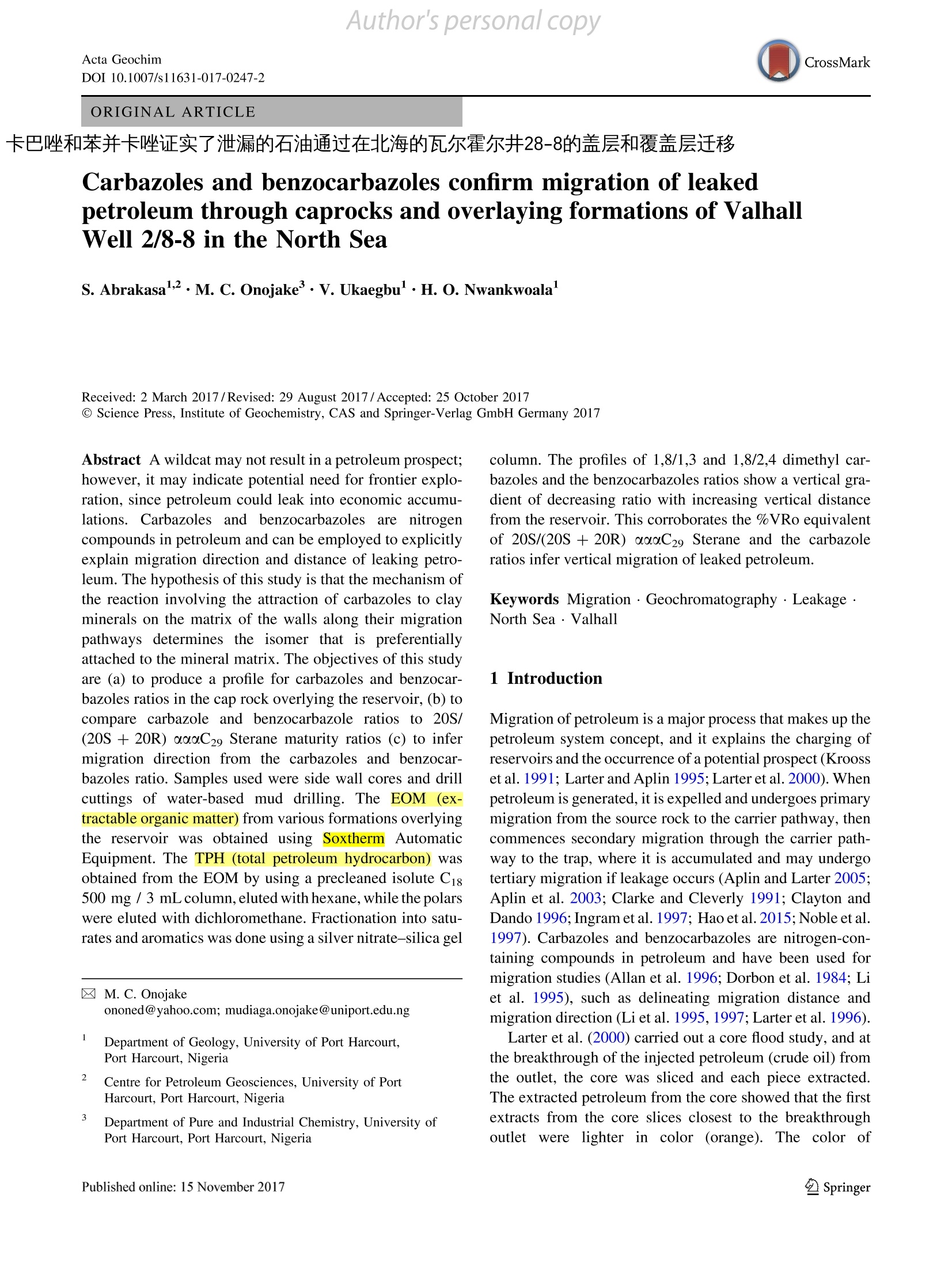
-
2/9
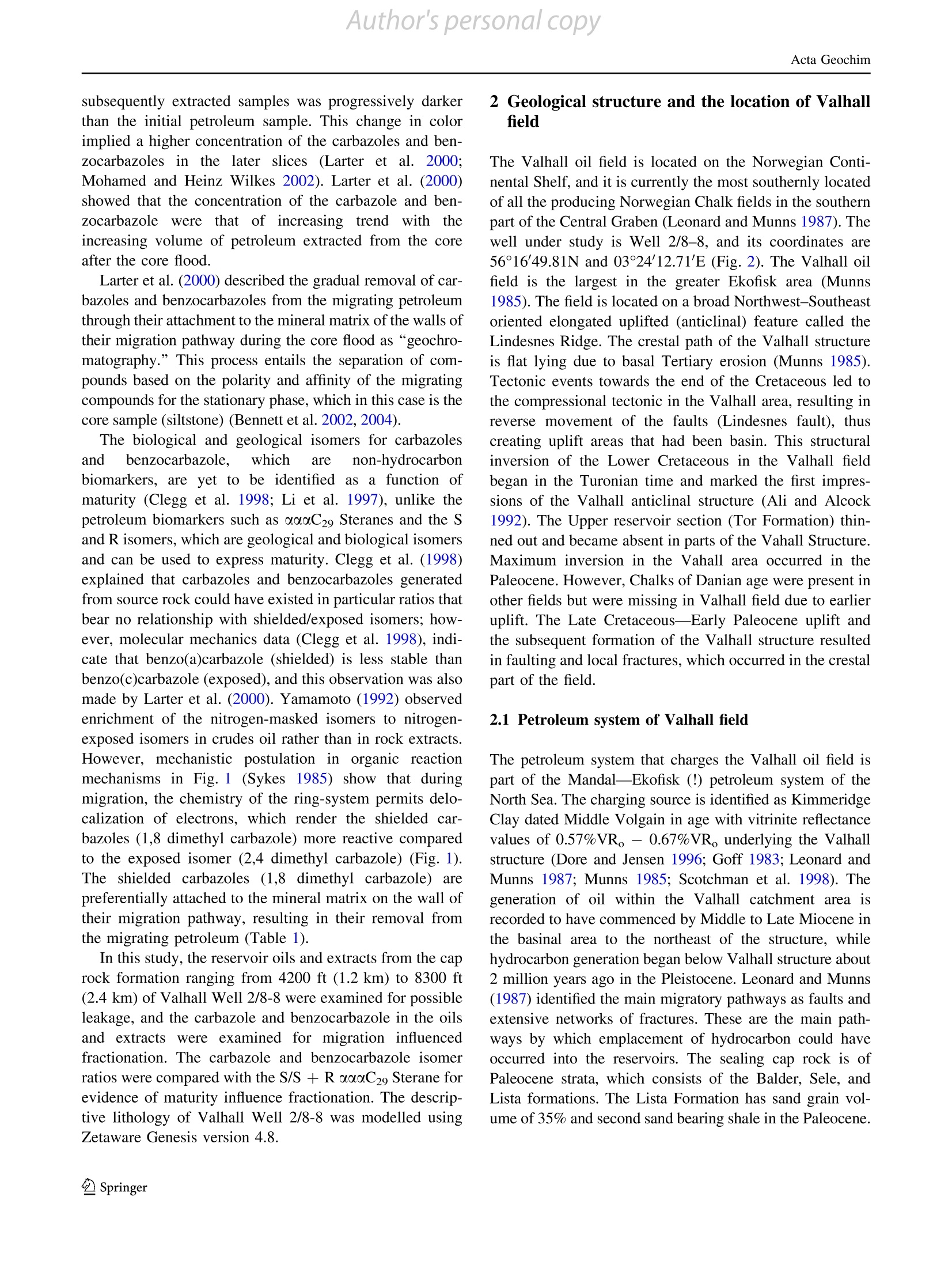
还剩7页未读,是否继续阅读?
继续免费阅读全文产品配置单
中国格哈特为您提供《水基泥浆钻屑中可提取有机物和总石油烃含量的检测》,该方案主要用于其他中有机污染物检测,参考标准《HJ 1021-2019土壤和沉积物石油烃(C10-C40)的测定气相色谱法》,《水基泥浆钻屑中可提取有机物和总石油烃含量的检测》用到的仪器有格哈特全自动快速溶剂萃取仪Sox416、格哈特快速干燥仪STL56、格哈特强力高重现振荡器LS500/RO500、德国加液器MM、玻璃滤筒、棕色避光防紫外线萃取杯、滤纸筒。
我要纠错


